When the 2010 Tiger Summit was held in St Petersburg, Russia, 13 Tiger Range Countries (India, Bhutan, Nepal, Vietnam, Myanmar, Malaysia, Indonesia, China, Russia, Bangladesh, Thailand and Laos) decided to take measures to double the count of tigers by 2022. Back then, there were just 3,200 tigers on earth. How safe are they a decade later?
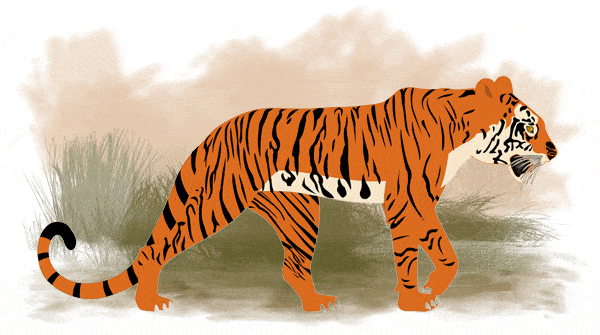
Siberia is the birthplace of the tiger. The Panthera tigris species (Family: Felidae) has 9 subspecies. Three of them had gone extinct in the previous century.
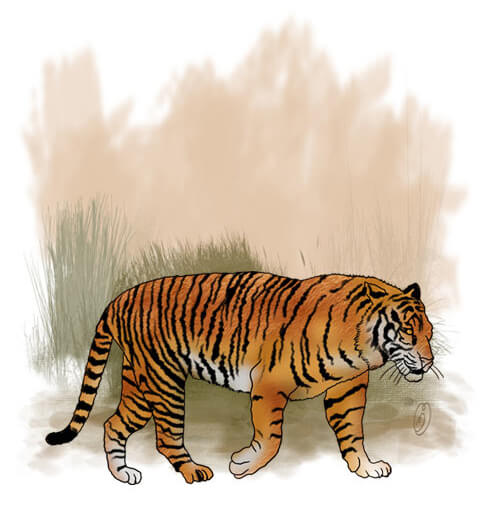
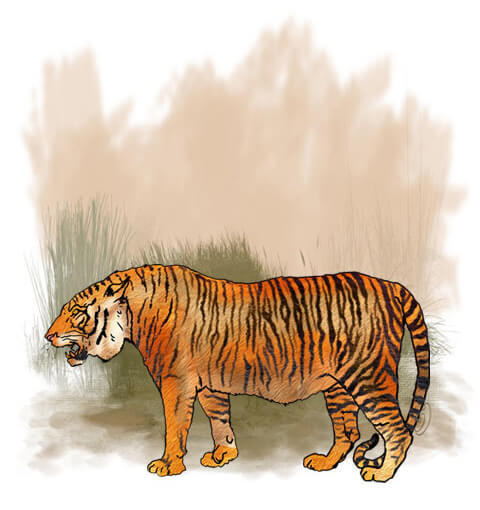
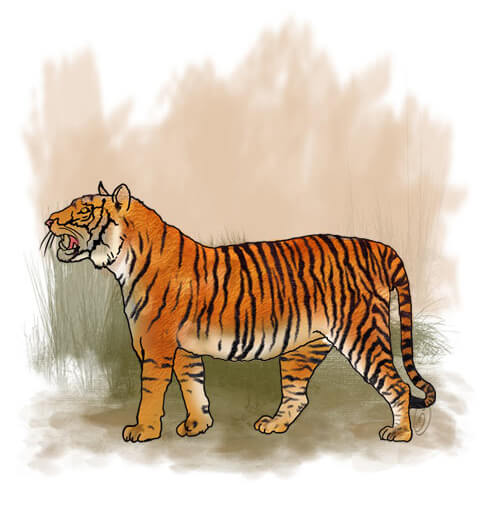
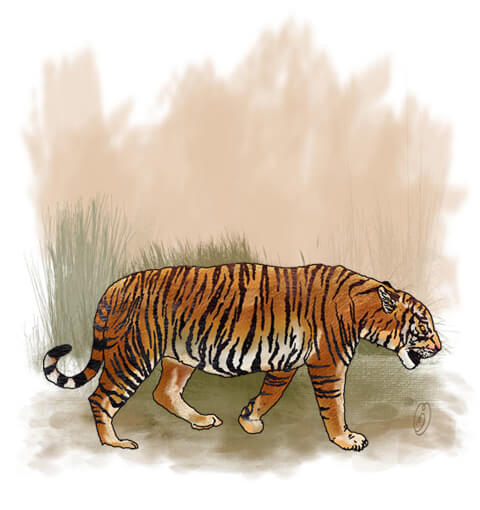
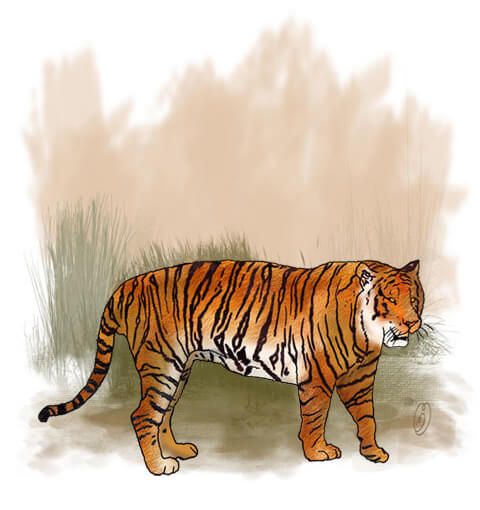

Tigers claimed a vast range from western Turkey to Bali and up to Siberia in the north 20,000 years ago. They have vanished from 93 per cent of their former habitats. They are now found only in 33 countries.

In China, some tigers are raised in farms. It is estimated that 5,000-6,000 tigers are raised in such farms. There are about 200 tiger farms run by the government in China. Those farms even have the South China tigers, a subspecies which have become extinct in the wild.
Tiger is the largest member of the cat family


Tigers can leap across 32 feet and as high as 16 ft. They can reach a top speed of 65 kilometre per hour. Tiger's tail makes up a third of its total length. Female tigers are shorter by 25-40 centimetres and lighter by 40-60 kg. Siberian tigers are the largest in the family.

Tigers are so strong that they can strike at animals which weigh as much as twice their body weight. They never roar their prey into submission. The roaring is meant to communicate with other tigers. A tiger roar can be heard up to 5 km away. However, if you see a tiger sniff and growl, you can infer that it is going for the kill. Top on the tiger menu are gaur, sambar, deer, boar and monkeys. Tigers are nocturnal animals. They prowl at night. Their favourite hunting technique is ambush. Since they don't like to pursue their prey, only a tenth of the hunts actually becomes successful.
Tigers are not known to attack humans in the normal course. They track humans only when they are unable to hunt their usual prey. However, human flesh is said to be salty enough to get the tiger's attention. Once tasted, they may crave for more. A tiger strikes so unexpectedly and rapidly that defence is not an option most of the time. Tigers are born hunters.

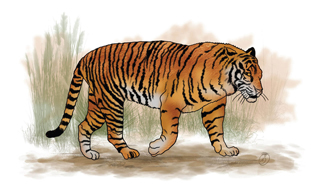







A tiger's main weapons are the four sharp canine teeth. They pin the teeth deep into the prey's neck and bleed them to death. A tiger finds it difficult to survive when they lose those teeth to age or accidents. They gradually starve to death. A male tiger consumes up to 40 kg meat at one go. Any leftovers are hidden for a second serving. A tiger needs about 500 deer in its territory to survive. Sometimes tigers venture out into human habitats to find food. That is when the people and forest officers track them down. When faced with a crowd of people, the tiger turns back and runs because it perceives the crowd as a bigger animal.
Poaching and the loss of habitat are the biggest challenges faced by tigers. Being the symbol of strength, conquering a tiger was considered the ultimate test of bravery. Naturally, their numbers declined drastically. There were about 40,000 tigers in India in 1947. Now we only have less than 3,000 of them.
Hunting tigers has been banned in India since 1970. In 1972, a tiger census counted only 1,800 tigers in the country. That same year, tiger was declared as India's national animal. Project Tiger was started in 1973 under the leadership of the National Tiger Conservation Authority. Subsequently, tiger reserves were set up. The first reserve was set up in the Jim Corbett National Park, now in Uttarakhand, in 1973. Now India has 50 tiger reserves across 18 states, including the Periyar and Parambikulam tiger reserves in Kerala.
India has 71,000 sq km of tiger reserves. For perspective, that is double the total area of Kerala. The largest tiger reserve is in Andhra Pradesh – the Nagarjuna Sagar Tiger Reserve. The smallest is the Pench Tiger Reserve in Maharashtra. Some of these reserves, including the Buxa reserve in Bengal, the Dumpa reserve in Mizoram and the Palamu reserve in Jharkhand, don't have a single tiger left in them! Every tiger reserve has an inaccessible core zone and a buffer zone that comprise forest and non-forest areas.

The Periyar Tiger Reserve was selected as the best in India in 2018 after it scored 93.73 percent in an assessment. Kerala was adjudged the best state when it came to the conservation of tigers.
Tigers top the list of endangered animals in the Red Data Book brought out by the International Union for Conservation of Nature. The body parts harvested from a tiger’s carcass is worth anywhere between Rs 20 lakh and Rs 40 lakh in the international black market. Superstitions shroud human perceptions of tigers. Many tiger organs are considered to be medicinal. Here is a list of diseases said to be healed by tiger parts. Be aware that none of these claims have any scientific basis.
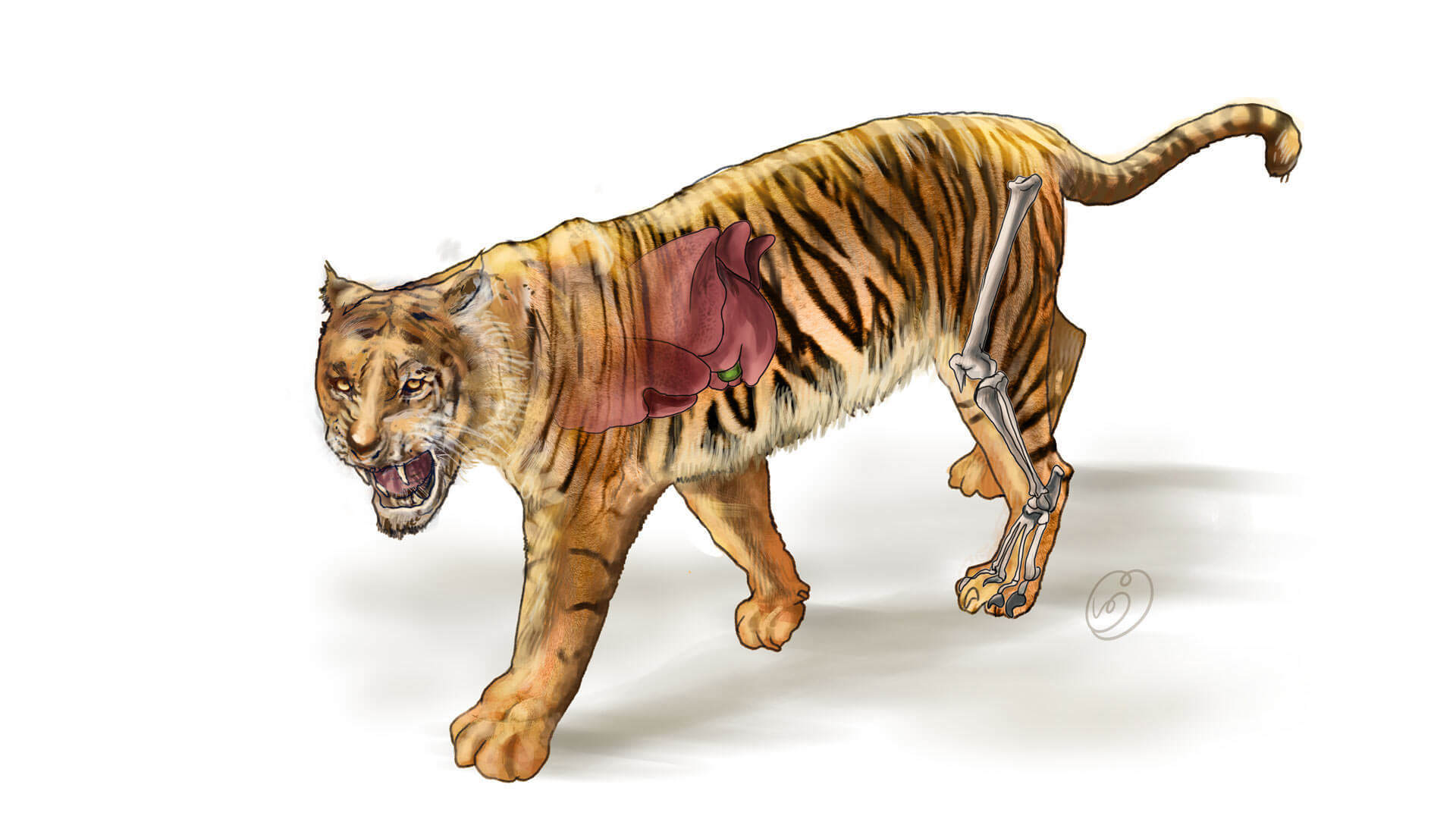
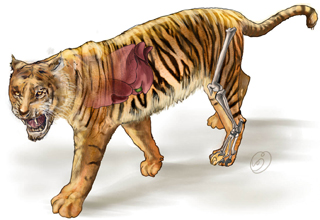
















Though tiger hunt is banned across the world, its products are hotly sold in China, Taiwan, Japan, South Korea, the United States and the United Kingdom, according to a report by the Environmental Investigation Agency.
The stripes on the tiger's forehead resemble the Chinese letters that denote a king. Not surprisingly, tigers are royal symbols in China. Since people pay through their nose when it comes to tiger products, the magnificent animal is forever at the mercy of poachers
When it comes to tigers, India has the lion's share: 2,967. As much as 80 per cent of tigers on earth live in India. The Wildlife Institute of India census, started in 2006, puts the most number of tigers in Madhya Pradesh – 526. Eleven of the 28 states in India have no tigers at all. The Sunderbans Delta sprawling over the India-Bangladesh border is home to 88 tigers. The Royal Bengal tigers are also found in Bangladesh, Nepal and Bhutan.
The attempts to save tigers from poachers have been fruitful, data from the last 50 years show. The formation of a Tiger Protection Force has helped in the efforts.
The Periyar Tiger Reserve, set up in 1978, is India's 10th tiger reserve. The Parambikulam Tiger Reserve followed as the 38th reserve in 2010. There are 30 to 35 tigers in the Periyar Tiger Reserve and 25 to 30 tigers in the Parambikulam Tiger Reserve, according to estimates from 2018. Yet the most number of tigers are in the Wayanad Wildlife Sanctuary – 80 to 85.

As the apex predator tigers keep the wild animal population in check. That is a crucial role to keep the balance between herbivores and carnivores and thus maintain the ecosystem. In that sense, tigers are essential in conserving forests and ensuring our own survival. Let us not forget that role. Let us be grateful. Take a stand against tiger poaching.